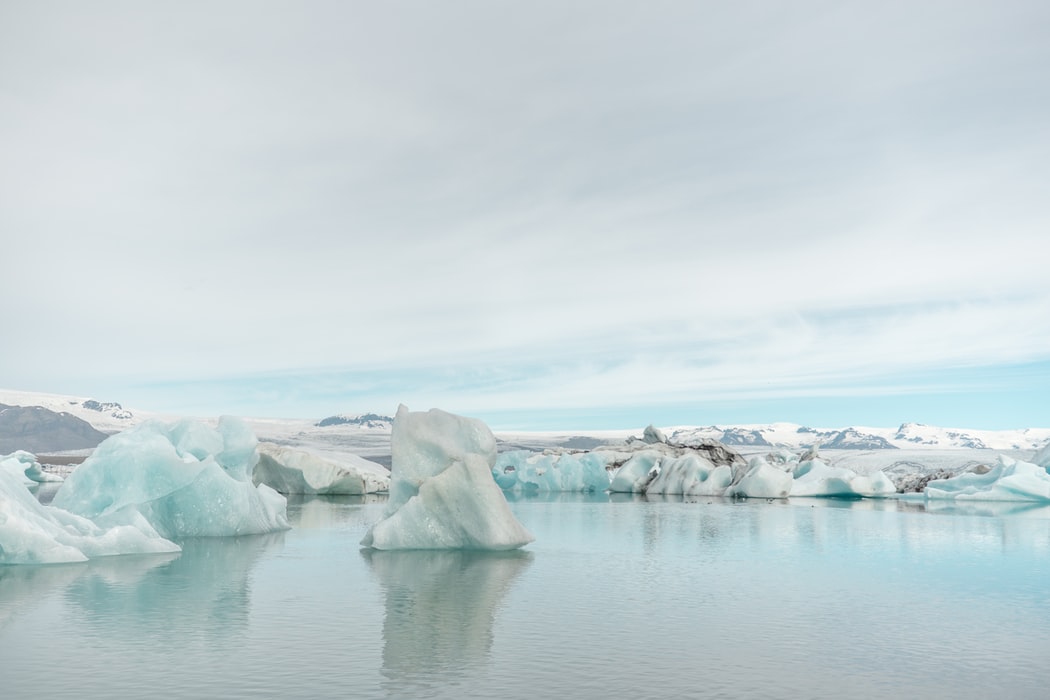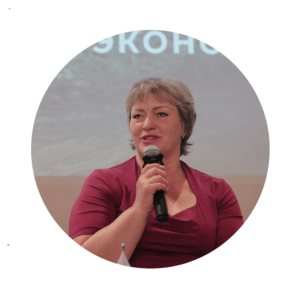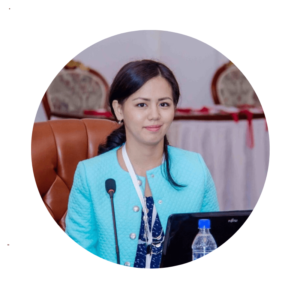
The webinar named “What place will Kazakhstan take in the climate competition?” was held on 21 April 2020.
The second in a series of webinars dedicated to the key environmental issues in Kazakhstan precedes the release of a collective monograph on environmental issues in the country. The publication of the monograph is planned for the end of 2020 with the support of the Private Fund of Dosym Satpayev.
The monograph will include the following sections:
• Water resources
• Air pollution
• Waste management
• Biodiversity and environmental protection
• Climate change
The project is implemented by the Private Fund of DosymSatpayev in partnership with the Kazakh-German University with the support of the OSCE Center in Nursultan and the Friedrich Ebert Foundation in Kazakhstan, as well as the online journal Living Asia.
With a welcoming speech, the webinar was traditionally opened by Ms. Barbara Janusz-Pavletta, Head of the UNESCO Chair for Water Management in Central Asia, Kazakh-German University. Barbara shared with the participants who and why needs the book.
“The main purpose of the information is to meet the specific needs of the state and society. That is how the idea to write a book was born. Its main goal is to talk about complex things simply”.

Who are the authors of the chapter on climate change?
• Vadim Ni, lawyer
• Svetlana Dolgikh, expert on climate change
• Gulmira Ismagulova, economist
• Mikhail Yulkin, international expert on climate change
• Andrei Chebotarev, political scientist
• Anastasia Sinitsina, specialist in environmental information visualization

Vadim Ni:
“Even though lately, interest in climate change has considerably grown, talking and writing on this topic is still quite difficult, as a large number of specific and technical terms are involved.”
“However, it is equally important to remain reliable to what is happening with the climate now and what may happen in the future.”
According to data of 2017, total greenhouse gas emissions (excluding absorption) exceed 350 million tons. In other words, we emit about 20 tons per person per year.
Right now, the Parliament is reviewing the Environmental Code draft, within the framework of which the provisions on allowances for greenhouse gas emissions are also being expanded. It should be noted that the Kazakhstan system of trading in greenhouse gas emissions was not only the first in the Russian-speaking world but also in all Asia.
Greenhouse gas allowances. What is it?
GHG emissions trading is a market-based instrument for reducing greenhouse gas emissions into the atmosphere. The government sets an upper limit or ‘cap’ on the total emissions, and large companies in these sectors must have a carbon allowance for carbon dioxide A that they carry. They can receive emission allowances for free or buy them from the state, as well as trade them with other companies.
Source: https://icapcarbonaction.com/en/?option=com_attach&task=download&id=374
Concerning adaptation, it is necessary to start form agriculture, water management, forestry, civil protection. Unfortunately, there is not enough data to include the health sector. The proposed adaptation planning process will be based on an assessment of vulnerability to the effects of climate change. Where the economy and society are vulnerable to them and this can lead to significant losses, it is necessary to adapt to climate change.

“Because the climate is the same natural resource as water, vegetation, mineral resources, etc. Moreover, we should always remember that climate determines other natural resources. Unfortunately, the climate we are used to is now seriously changing. Therefore, we need to know what can and should be done”.
The main source of information is the reports of the Intergovernmental Panel on Climate Change (IPCC) and the World Meteorological Organization's Annual Reports.
At the national level, the main information resources are periodic national reports on climate change (available on the ministry’s website), annual greenhouse gas inventories, and the annual climate change monitoring bulletin issued by Kazhydromet.
If we talk about the main trends, the rate of climate change in Kazakhstan is almost 2 times higher than the global rate. For example, if over the past 10 years the global temperature has changed by 0.18 degrees, in Kazakhstan it has changed by 0.34 degrees.
But we are talking not only about a direct increase in temperature but also about the increase in the frequency of natural disasters. It would seem that everything does not sound so frightening. But it’s worth considering how changes in precipitation can affect businesses and public health in individual regions.
That is why it is important to develop specific adaptation strategies at the local, national, and regional levels. An important role, in this case, is played by economic assessment. The main challenge that Kazakhstan is facing today is to move on to planning adaptation measures to climate change.

Gulmira Ismagulova:
“Kazakhstan is a Party to the Paris Agreement. It had previously announced national commitments to reduce greenhouse gas emissions. However, in 2020, these commitments must be updated”.
Accordingly, the Concept of Kazakhstan's transition to a green economy must be brought into line with the objectives of the Paris Agreement.
The main questions for Kazakhstan now are: How should national resources be used? How should investment policies be changed?
Scenarios for the development of international climate policy will be based on the following indicators:
• Global oil demand
• Oil prices
• Global coal demand
• International trading system
• Global CO2 prices
• World prices for metals
There are 2 main scenarios.
The first is that if all countries fulfill their obligations and reduce the number of emissions, then after 2030 it will only be necessary to keep this amount of emissions. For Kazakhstan, this will mean that with such an outcome of events, the country will not be required to reduce emissions to zero by the middle of the century
The second outcome of the events is the most optimal. By 2030, all countries must fulfill their national obligations. And after that, start to reduce their emissions to zero, supporting each other in achieving this goal.

Zhanna Babagalieva, Specialist at the CAREC Climate Change and Sustainable Energy Program:
In 2016, the “Climate Change Adaptation and Mitigation Programme for the Aral Sea Basin” (CAMP4ASB) was initiated in the region. The project aims to solve common problems and challenges associated with the consequences of climate change in Central Asia through increasing access to improved knowledge and data on climate change for key stakeholders (decision-makers, expert communities, etc.); as well as through increased investment and technical capacity building.
The project consists of 7 main components
• Development of an information platform
• Modernization of weather and climate observation systems
• Development of climate change assessment tools
• Development of climate information products
• HR development
• Improved climate investment appraisal mechanism
Zhanna made a special emphasis on the adaptation of new tools for forecasting hydrological processes in the context of climate change for the Central Asian region. Within the framework of the project, 2 models have already been adopted:
1. Swim model: hydrological forecasting
2. MODSNOW Model: Forecasting Hydrological Processes Based on Snow Cover Estimation
The main simulation results:
• Central Asia is one of the least covered regions in the scientific literature

Mikhail Yulkin:
“The main thing to look for is opportunities for interaction with business and the public.
Therefore, you need to think about tools. This is a very positive point that Kazakhstan has an allowance system. After all, the main objective of regulation is to change the economy. The emissions trading system should be a kind of leverage. Thus, the effectiveness of this system should not be how much money went into the budget, but how many companies invested in the new economy”.
“Concerning adaptation, it should be borne in mind that Kazakhstan is one of the largest countries in the world. Therefore, there is no single formula for success. Actions should be taken at the regional level. And the central government must assist. However, the program should be formed from bottom to top, and not from top to bottom”.
____________________
